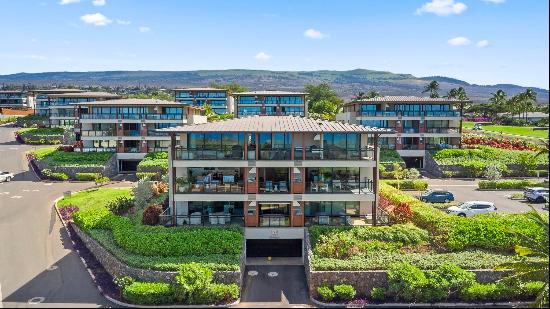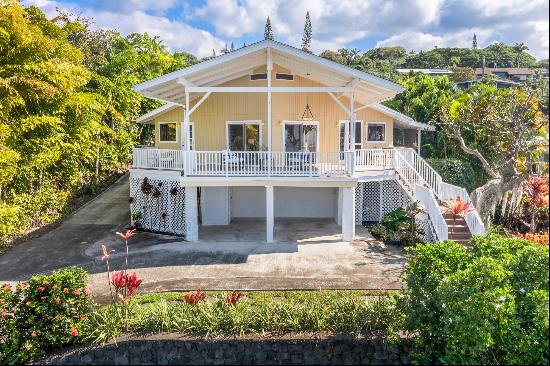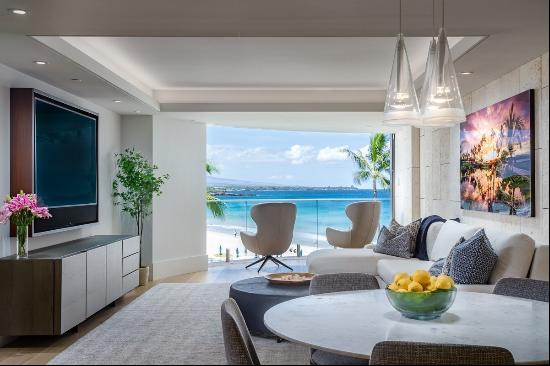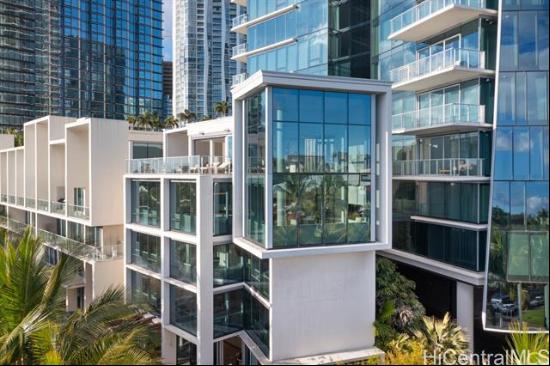
By Madeleine Pollard
“When you step off the plane to Kauai, the blood pressure comes down — you get this immediate sense of relief. Being here, with clean air and clean ocean, you can check out,” says Neal Norman, a property broker at Hawai’i Life Real Estate, describing the fourth-largest island in Hawaii’s archipelago.

While Hawaii is synonymous with calm and serenity for many, house prices have accelerated over the past decade. At the start of the 2010s, median home prices across the Hawaiian islands had fallen to $450,124, down from a pre-recession peak of $537,100 in 2006, according to the online real estate database Zillow. On the back of an average annual growth rate of 4.1 per cent, by the end of November 2019 median prices were $636,451 — higher than in any other US state. Limited supply of development sites has been a significant factor in driving up prices — almost half of the state is conservation land.
The unbroken period of growth may be set to change, with Zillow forecasting a 0.8 per cent dip across the islands in 2020. “Hawaii is the only state where we’re forecasting prices to drop this year,” says Zillow economist Jeff Tucker, who predicts the market hitting an “affordability ceiling”, with not enough willing buyers left to keep pushing up prices.

Situated in the Pacific Ocean, six hours from California by plane and around eight hours from Japan, Hawaii covers almost 11,000 square miles. It consists of eight main islands, ranging from the densely populated Oahu, home to the capital city Honolulu, to the sprawling Big Island of Hawaii, and other outer islands such as Maui and Kauai, the rugged “garden isle”.
With daytime temperatures between 20 and 30 degrees Celsius year round and a diverse landscape of beaches, tropical rainforest, waterfalls and mountains, Hawaii has long been dubbed the “Paradise of the Pacific”.

Having gained statehood in 1959, the island’s US legal framework, coupled with its natural beauty, makes it popular with out-of-state investors. “If you’re purchasing in Hawaii, you’re still purchasing within the US, which is really convenient in terms of ownership,” says Carrie Nicholson, a broker at Christie’s International Real Estate.
Tucker says this influx of wealthy second-home owners is the cause of the “unusually large” disparity between home prices and local incomes. “The price to income ratio in Oahu last quarter was a staggering 8.3, meaning the typical home price was equivalent to over eight years of the median local household income,” he says. “In the US as a whole, that figure was 3.7.”
This disparity has become unsustainable, Tucker argues, hence Zillow’s predicted correction in the housing market. A 2019 report from the University of Hawaii Economic Research Organisation found that the state’s population, now at 1.42 million, began to decline in 2017, with restrained economic growth and high living costs considered possible factors driving emigration.
However, agents are adamant that the most exclusive neighbourhoods will hold their value. This is due in part to a wave of tech multimillionaires arriving from California, the state with the highest level of migration to Hawaii.
Norman notes the recent arrival of “much younger” tech workers to Kauai, alongside a traditional clientele of “wealthy bohemian” pre-retirees or retirees purchasing second homes. As the world frets about invasion of privacy through data sharing, Silicon Valley tycoons value the area’s seclusion. Facebook founder Mark Zuckerberg bought a former sugarcane plantation on Kauai in 2014 for a reported $100m.
The island of Maui, with a median value of $660 per sq foot, has the priciest homes in the state according to Zillow.

Meanwhile on the Big Island of Hawaii, where Nicholson is based, “everything is focused on the ‘Aloha’ — a healthy, active lifestyle”. Sotheby’s International Realty is selling a six-bedroom house with a pool and a spa on the northeastern coast of the Big Island for £7.6m.
Located next to the Four Seasons Hotel on the Kona-Kohala coast of the Big Island, Hawaii’s coveted private golf and beach club Kūkiʻo is another pull; membership is restricted to those living in the surrounding high-end neighbourhoods.

Such exclusivity fuels Norman’s confidence, despite Zillow’s predictions. Much of his inventory consists of so-called “pocket listings” — homes never publicly listed and only obtainable through referral.
“We have a lot of properties that aren’t on the public market that people are sensitive about selling,” he says. “Everything from 100 acres of beachfront to 1,000 acres of mountains, waterfalls and streams. There’s real depth to the market for people who want privacy and confidentiality.”
Photographs: Dreamstime





















